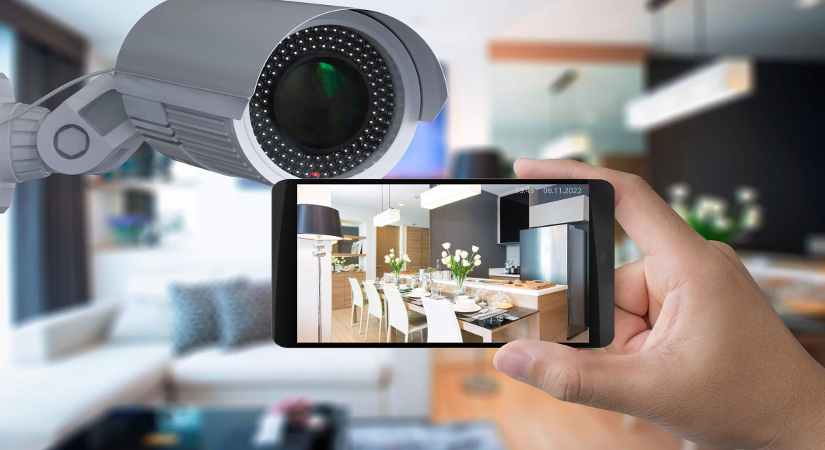Security Cameras Monitor Every Activity That Happens
Security cameras can be found everywhere today. Anywhere you turn there is bound to be at the very least one camera hidden across the entire area and with legitimate reasons. Essentially, security cameras monitor every activity that happens and are constantly monitoring the surroundings and providing proof when something happens within its range of view.
As security cameras develop in their technology, they will become more popular. They are not just for banks or other areas of business as well as homes make use of closed-circuit television (CCTV) camera systems, home security systems giving homeowners security and safety. This article will help you through the process of selecting the right kind of security camera for your home.
Different Types of Security Cameras
There are varieties of security cameras you can choose from. They include bullet-style, infrared, night/day, C-mount as well as dome cameras. Each has its distinctive features that separate them from one another which leaves it to you to decide which one you prefer.
For example, bullet-style cameras use a casing that is weatherproof and able to view up to 35 feet. It offers a viewing angle of 70 degrees, which makes it the largest angle that cameras can attain without affecting the image. Infrared cameras can be seen in the darkness, and are capable of seeing as far as 25 feet, and possibly farther if they have the right amount of illumination. The camera for day and night is a brand new kind of camera that has an imaging chip that is more sensitive that allows it to view even in low light conditions. It is more effective than infrared cameras but glass can impact the resolution of images. C-mounted cameras can be altered according to the lens it is using they can zoom in on an area. Additionally, dome-type cameras are the strongest that can take the force of a 10 lb sledgehammer.

Locations With The Best Security Cameras
For the best coverage, it is important to determine the ideal location for your security cameras and the security camera that is suitable for the zone. Entryways are an excellent illustration, particularly if the camera can capture high-quality images. This lets the camera record the faces of all those entering the. Additionally, cameras capable of capturing wide angles are great for locations where lots of activity takes place in addition to areas that contain valuables.
Black-And-White Or Color?
The resolution of the color is an important aspect to consider when choosing a security camera. Resolution cameras that are black and white are cost-effective and can see better in areas with low lighting. Color resolution cameras, however offer an even more precise image of the scene and allow you to discern individuals. This is primarily an expense issue, but it is something to think about.
Hard-Wired Or Wireless?
The two types of cameras perform the job of keeping track of people just perfectly, but this is something to be considered. Remember the wireless camera is less bulky as they are less noticeable and easy to set up, whereas hard-wired cameras are more fixed and ideal for putting in areas that require continuous surveillance.
You could even deter criminals by using fake surveillance cameras. This is a cheap method of scaring people off from doing anything at home, creating the impression that your home is protected by a security system. Of course, this only applies if you can’t pay for a real security camera.

